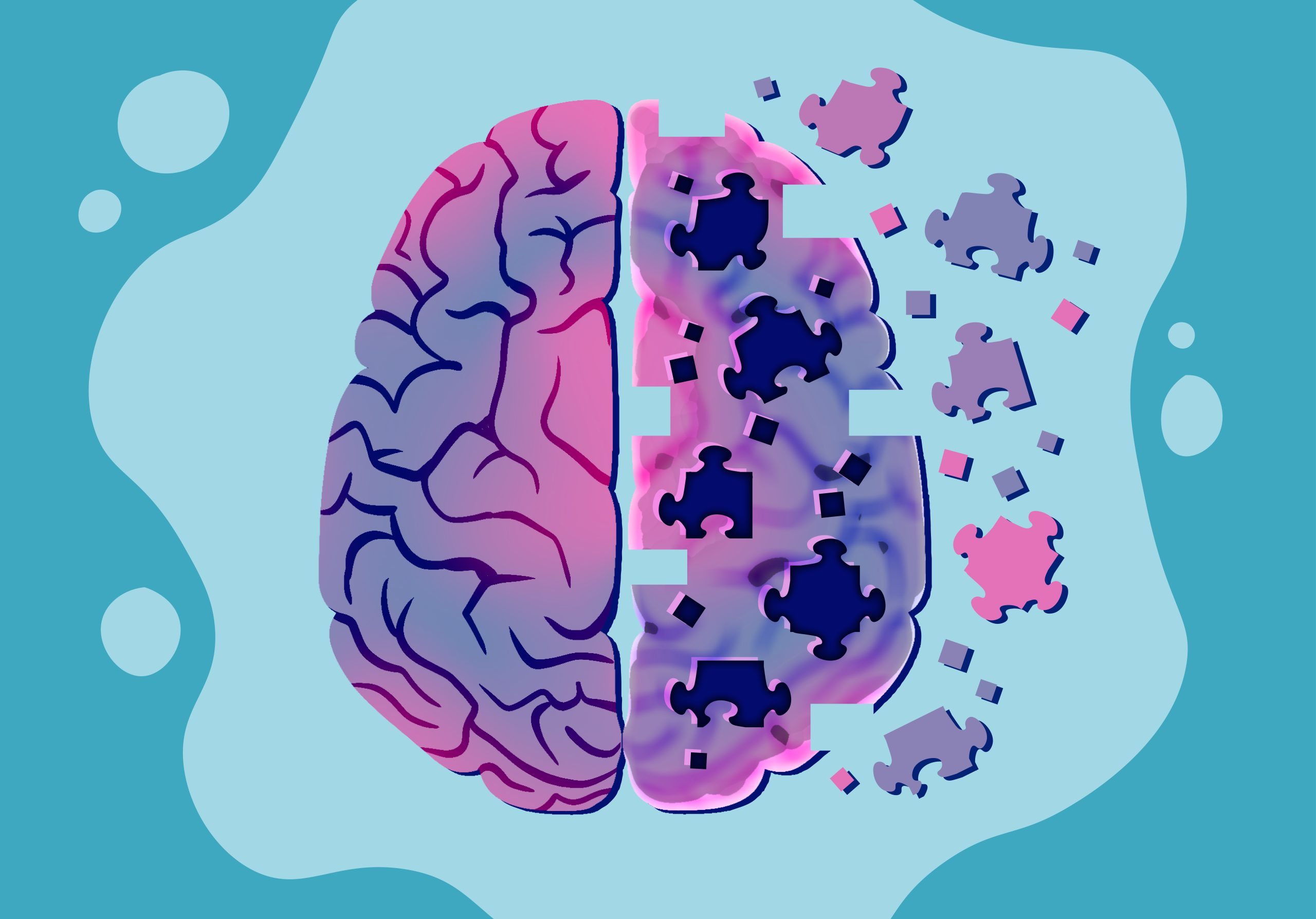United States income inequality and achievement gap statistics are familiar and frightening to many people. But there’s another economic concept that we don’t often consider, although it’s just as important: mobility.
Economic mobility is defined as the ability for an individual, family or group to improve their economic status, often by moving up an income class. The easier economic mobility is to achieve, the less likely it is that a person’s origins will negatively influence their future. If more people are able to escape poverty, social inequality will become less pervasive.
College degrees that provide opportunities for high-paying jobs are one of the best mobility enablers. In an attempt to make college degrees more attainable to low-income populations and people of color, the University of Minnesota recently launched a new inclusive website that compiles academic research addressing the achievement gap. While this website is a step in the right direction, the University missed a prime opportunity for real change.
The website is intended for K-12 school officials and policymakers who could potentially use the information to craft programs that could improve test scores and college preparedness. It’s admirable that the University compiled this information into one webpage. But a website filled with academic research can only do so much.
I question the value of a website that merely compiles research without providing specific tools or recommendations to create new educational programs. While the access to information has certainly improved, expecting non-academics to read, understand and interpret long research papers sounds like wishful thinking.
The best use of the University’s broad web platform isn’t to provide a resource for policymakers but rather for low-income high school students themselves. A lack of money, resources and education is certainly a barrier to social mobility, but one of the most difficult barriers to overcome is a lack of knowledge.
I’m not talking about ACT scores or inherent smartness. The knowledge gap lies in skills, such as knowing how to register for the ACT or how to fill out the FAFSA.
Moderate- and high-income students are equipped with these skills through access to resources like high school counselors or highly educated parents.
But because income equality is so vast, wealthy and poor people have less and less contact with each other. It’s difficult for low-income high school students to possess the basic knowledge and skills their wealthier peers take for granted.
It’s easier to navigate research now, but I’d much rather see more streamlined admissions procedures, resources and financial aid information.
One website won’t drastically impact economic mobility, but it could provide an important starting block for future changes. Unfortunately for the University, I doubt its new website will do that, either.










